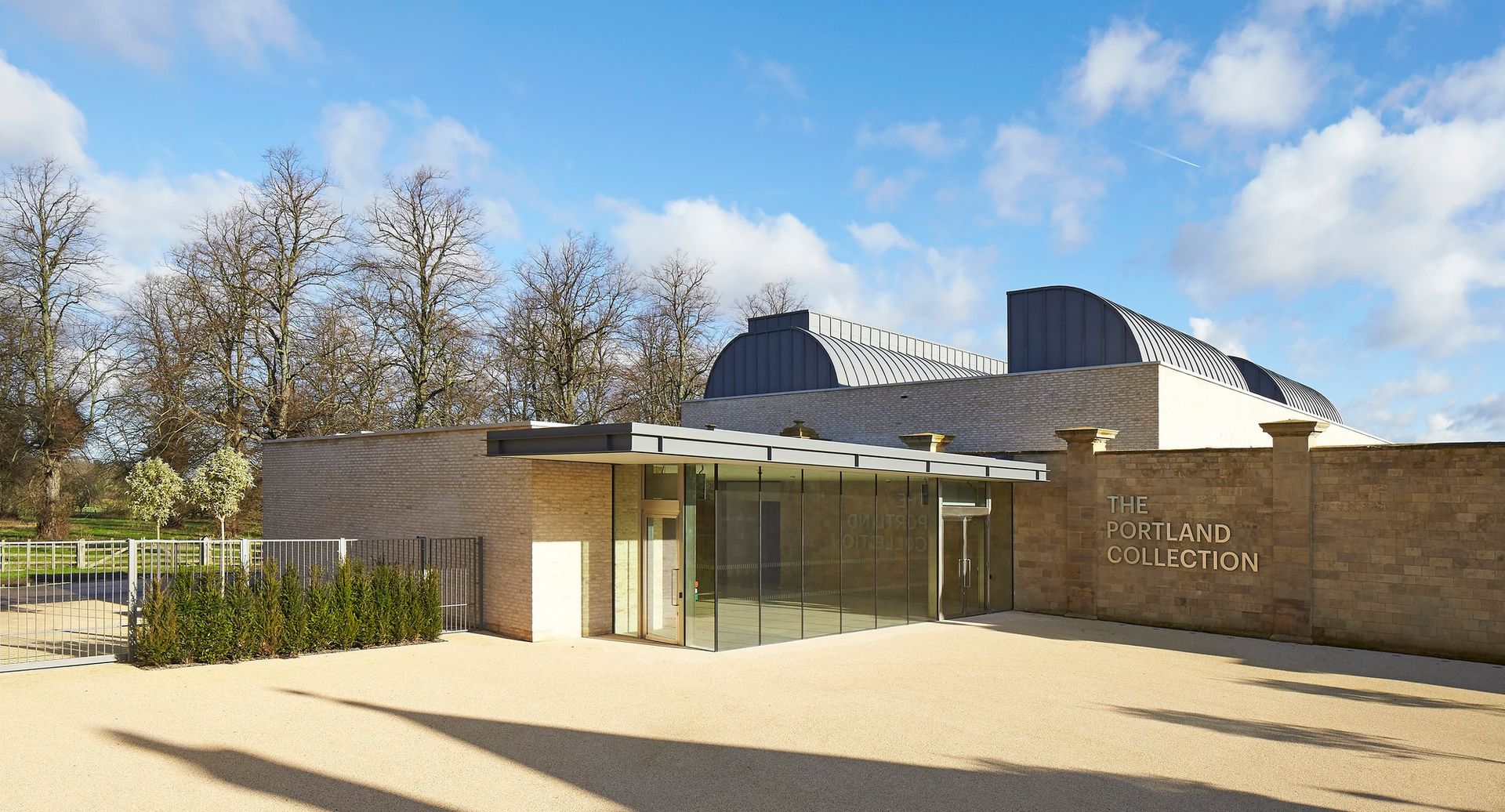A Michelangelo drawing which was last exhibited in 1960 will be the centrepiece of the Harley Gallery in Nottinghamshire, which opens on 20 March to display the art of the Dukes of Portland. The £7m gallery is the most ambitious privately-funded building to showcase an English aristocratic collection since the Second World War.
The Harley Gallery, on the Welbeck estate (south-east of Sheffield), has been built on a site once used for training racehorses. Designed by the London architect Hugh Broughton, the new gallery comprises two long rooms, one for large paintings and the other for smaller and light-sensitive works. The capital and running costs are being funded by the Harley Foundation, a charity set up by the Portlands (it is named after Edward Harley, the 18th-century collector whose daughter married into the family). Admission to the Harley Gallery and an adjacent smaller venue for contemporary art is free.
The Portland Michelangelo depicts the Madonna of Silence (around 1538), with Mary, the Christ Child and Joseph. John the Baptist holds a finger to his lips, calling for quiet. The drawing was bought by the artist Thomas Lawrence for £500 in the 1820s and sold for only £50 in 1902, going to the sixth duke. Until a few years ago the Michelangelo hung on the wall of the library in Welbeck Abbey, the Portland family mansion, in environmental conditions that were far from ideal. It is now extremely valuable (Michelangelo’s Risen Christ drawing, early 1550s, sold for £8.1m in 2000). The Madonna of Silence will be permanently displayed in a high-security case, under controlled lighting.
Other masterpieces in the Harley Gallery include Van Dyck’s portrait of Thomas Wentworth (around 1636) and George Stubbs’ A Nobleman on Horseback (1767), depicting the third Duke outside the stables at Welbeck. There is also a temporary display of one hundred miniatures, sel ected by the artist Peter Blake (until 18 September). These include a tiny self-portrait by Nicholas Hilliard, painted at the age of 13 (around 1560).

The Portland art represents one of the finest aristocratic collections in England, built up over 400 years. A total of 4,937 items have been deemed important enough to be conditionally exempt from inheritance tax (requiring a degree of public access). Much of this art has been in secure storage.
Following the death in 2008 of Anne Cavendish-Bentinck, daughter of the seventh duke, there were two major sales at Christie’s to raise funds to pay tax, Pieter Brueghel II’s The Combat between Carnival and Lent (around 1603, which sold for $2m) and John Audubon’s book The Birds of America (1838, which sold for $7.9m). A Rubens oil sketch of The Triumph of Venus (late 1620s) was also offered in lieu of tax and is now at the Fitzwilliam Museum in Cambridge.
Most of the Portland collection is owned by a family trust, whose trustees include William Parente, the grandson of the seventh duke. He says the family is funding the new gallery because it wants to “give greater public access to the Portland treasures”. Parente also inherited Welbeck Abbey, which lies just over a mile from the Harley Gallery. Although it remains a private home, the abbey’s state rooms are open to visitors on pre-booked tours in August.

